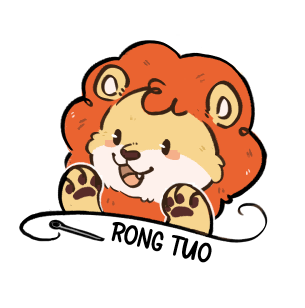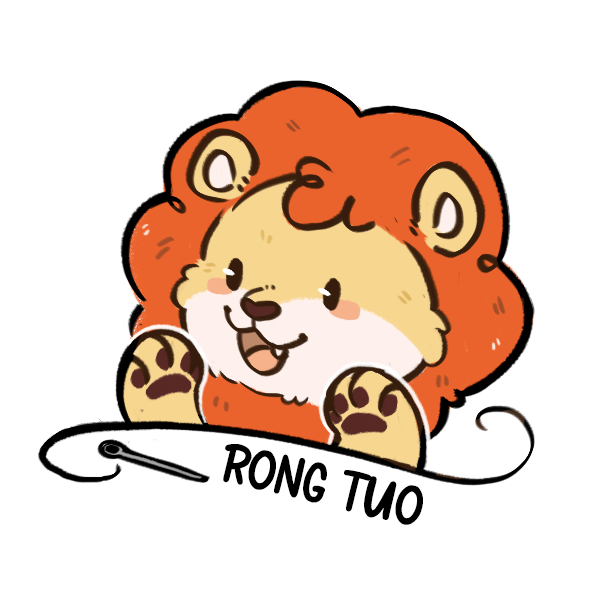In the world of plush toys, what materials are typically used for the surface of plush toys?
1.Crystal ultra-soft fabric
This material is the most commonly used fabric in the plush market, with a pile length ranging from approximately 0.5mm to 1mm. The fiber density in the fabric is high, giving it a smooth and even appearance with a better sheen. Crystal ultra-soft fabric is known for its ultra-soft characteristics, offering a pleasant and comfortable touch. It is typically processed using live pile techniques for printing, dyeing, and raising the pile. Additionally, when selecting crystal ultra-soft fabric, you can choose between one-way and two-way live pile options. The difference lies in the fact that two-way live pile crystal ultra-soft fabric allows for the direction of the pile to be adjusted, enabling the creation of patterns on plush toys, making your custom plush toys more vivid. The effect of adjusting the pile is more noticeable in darker-colored two-way live pile crystal ultra-soft fabrics, while it is harder to see in lighter shades. Moreover, lighter-colored crystal ultra-soft fabrics tend to be more expensive. This unique feature makes crystal ultra-soft fabric an ideal choice for personalized custom plush toys.
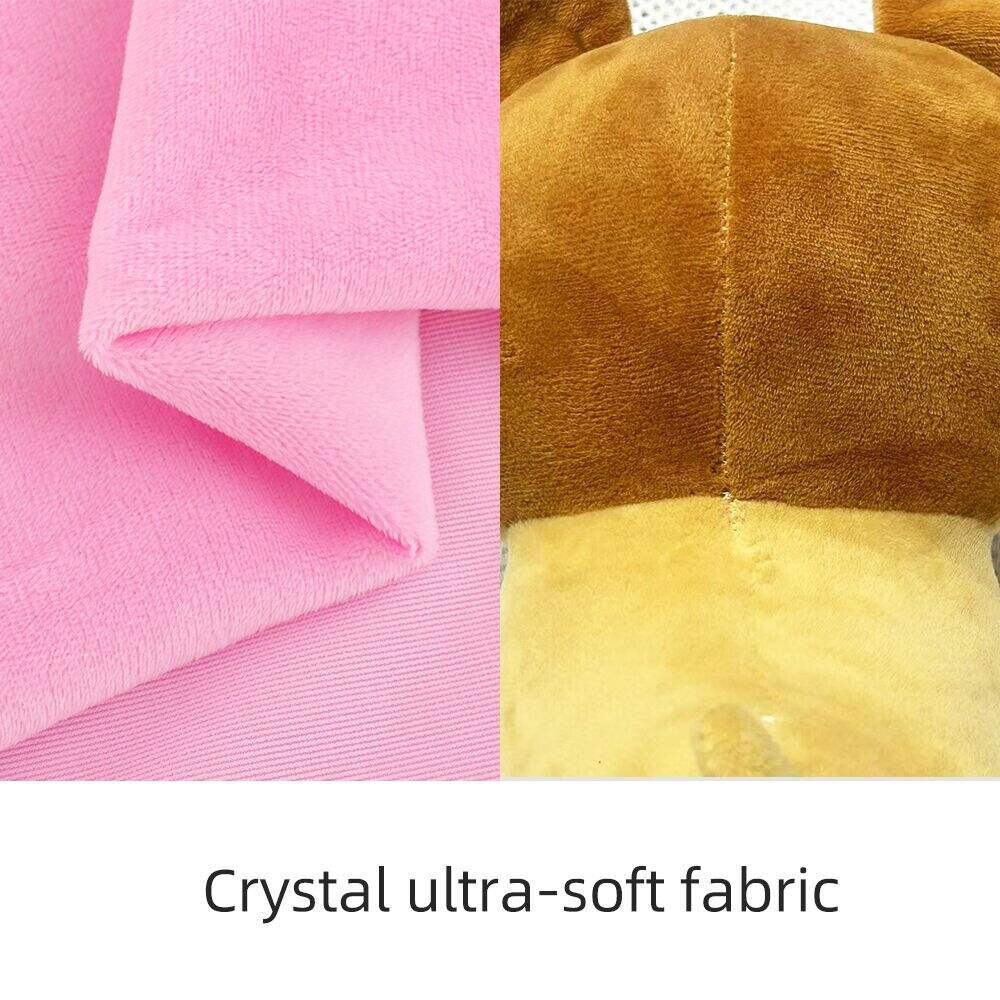
2.Spandex ultra-soft
Compared to the aforementioned crystal ultra-soft fabric, spandex ultra-soft is even softer and has a denser pile. Spandex ultra-soft is also known as island fleece fabric. Its characteristics include an exceptionally soft and pleasant texture, resistance to shedding, and minimal pile loss. Additionally, spandex ultra-soft fabric boasts strong resilience, maintaining its shape and elasticity even after repeated stretching, making it highly resistant to pulling and compression. This makes it ideal for stress-relief plush toys—who wouldn’t enjoy the satisfying rebound of punching a plush doll? Spandex fabric, often paired with lightweight down cotton, is particularly suited for plush pillows, offering a soft and comfortable surface that enhances the overall cozy experience. Spandex ultra-soft fabric is also colorfast, vibrant, and resistant to static electricity, significantly reducing dust accumulation. This makes it an excellent choice for frequently used plush toys and related products.
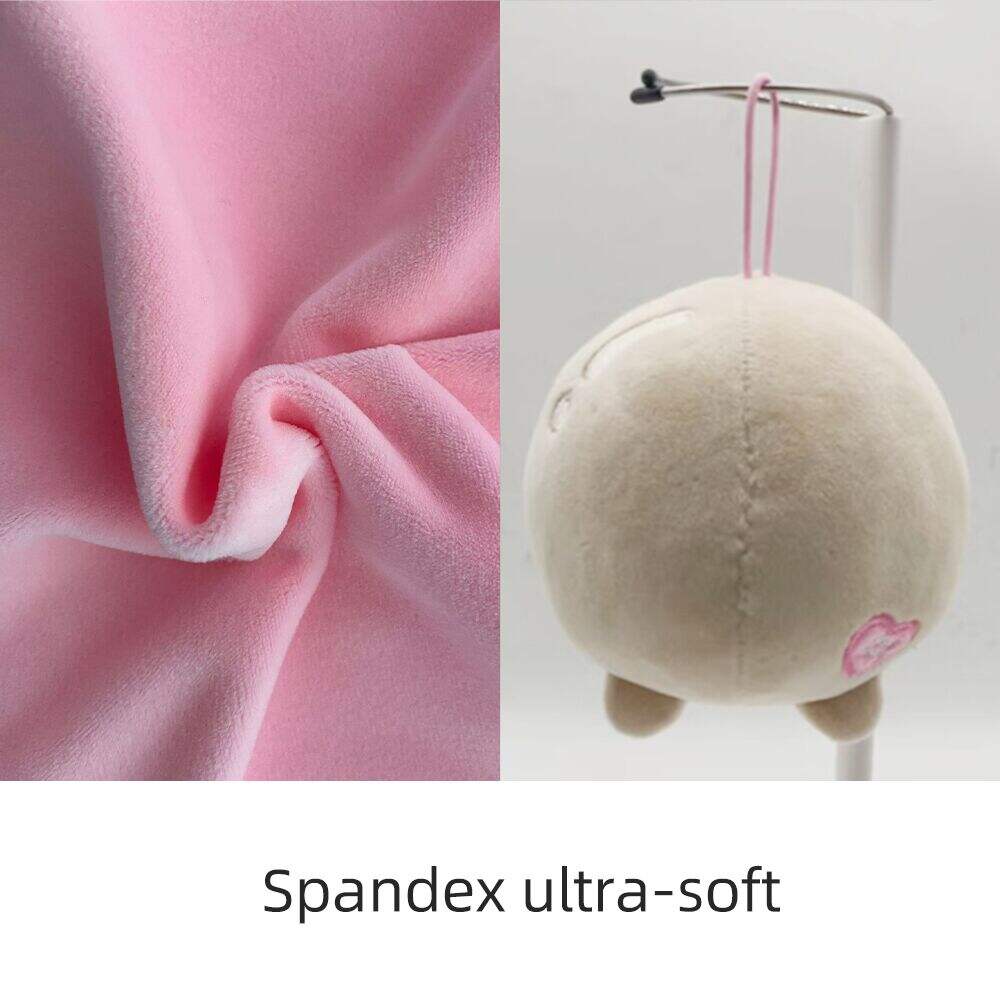
3.Pearl Fleece.
Due to its resemblance to clusters of pearls, this fabric is known as pearl fleece. It is an eco-friendly plush fabric made entirely of polyester, which ensures that pearl fleece does not pill. This makes it a popular choice for plush toys that require strict anti-pilling properties. Compared to the two previously mentioned fabrics, pearl fleece has a stronger velvet-like texture and a longer pile length. Additionally, its water-resistant surface provides moisture-proof benefits. This fabric is particularly suitable for custom plush toys that need to maintain a clean and tidy appearance over extended periods.
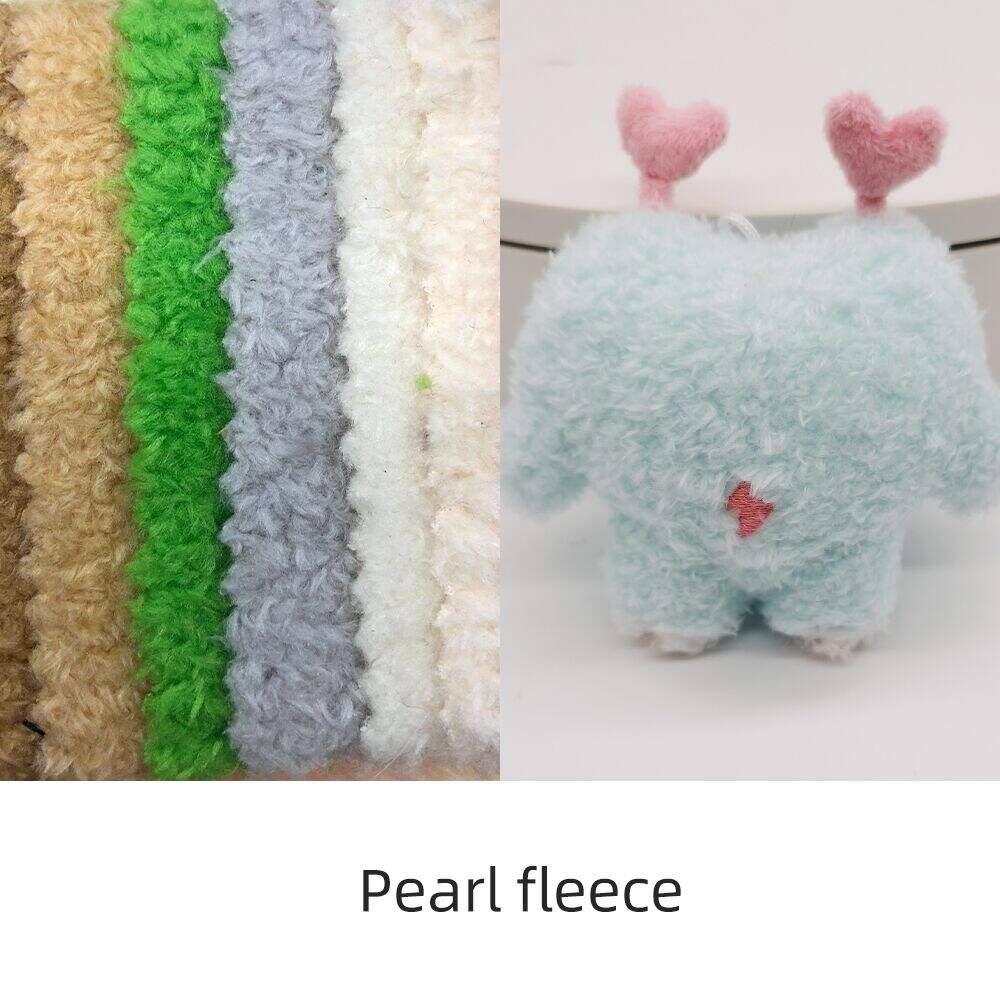
4.Faux Rabbit Fur
When you hear this name, you might think it’s actually made from rabbit fur, right? But no, it’s actually a type of synthetic fiber fabric. It’s called "faux rabbit fur" because its appearance and texture resemble rabbit fur. Its pile length ranges between 25–45mm, making it longer than the three fabrics mentioned earlier. Additionally, faux rabbit fur has a smooth texture with excellent fluffiness and drape, but its bonding strength is relatively weak, which can lead to shedding issues.
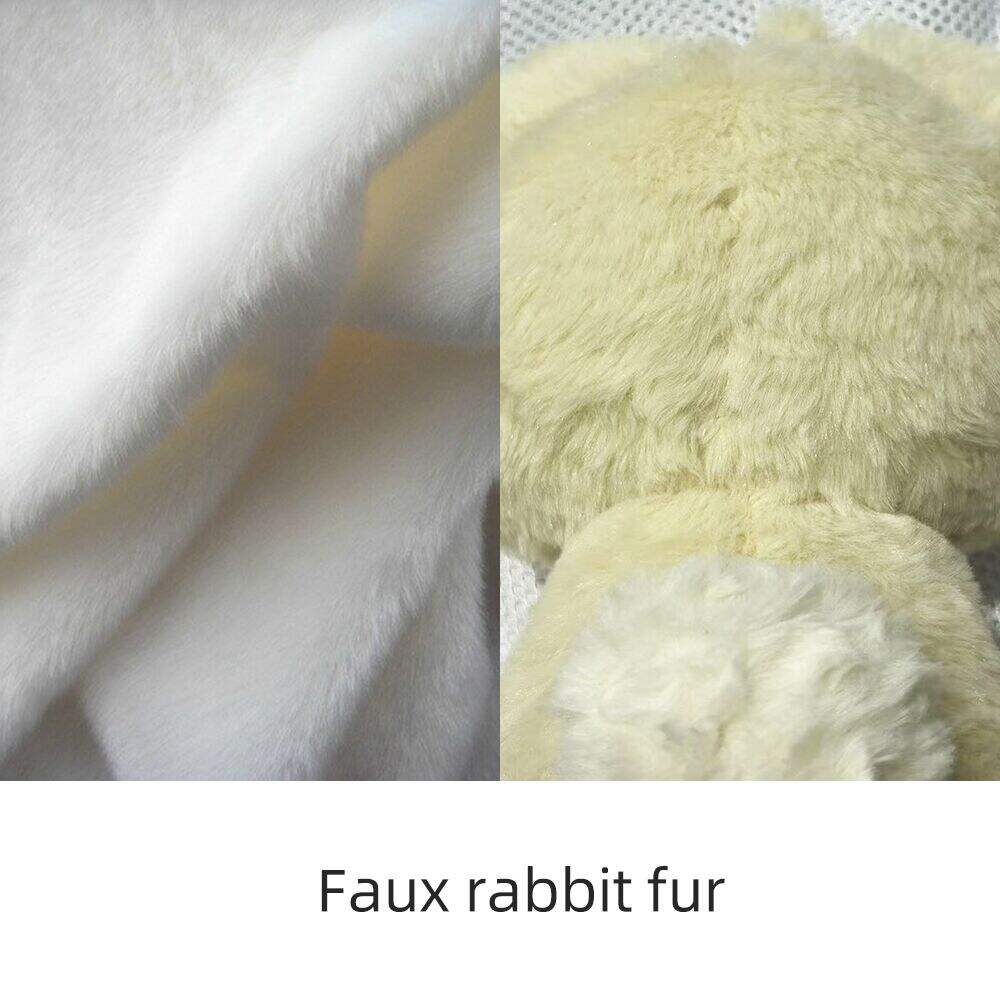
5.PV Fleece
Like pearl fleece, PV fleece is also an eco-friendly material made entirely of polyester. Originating from South Korea, it is also known as Korean fleece. Its pile length and texture are similar to bunny fleece. However, compared to bunny fleece, PV fleece is less prone to shedding and does not pill.

6.Sherpa
sherpa comes in two types: flat and long pile. The long pile version typically has a length of over 5mm, while the short pile version ranges between 1-3mm. Sailor fleece fabric is resistant to tearing, pulling, abrasion, and wrinkling. However, it lacks good elasticity and has limited stretchability.
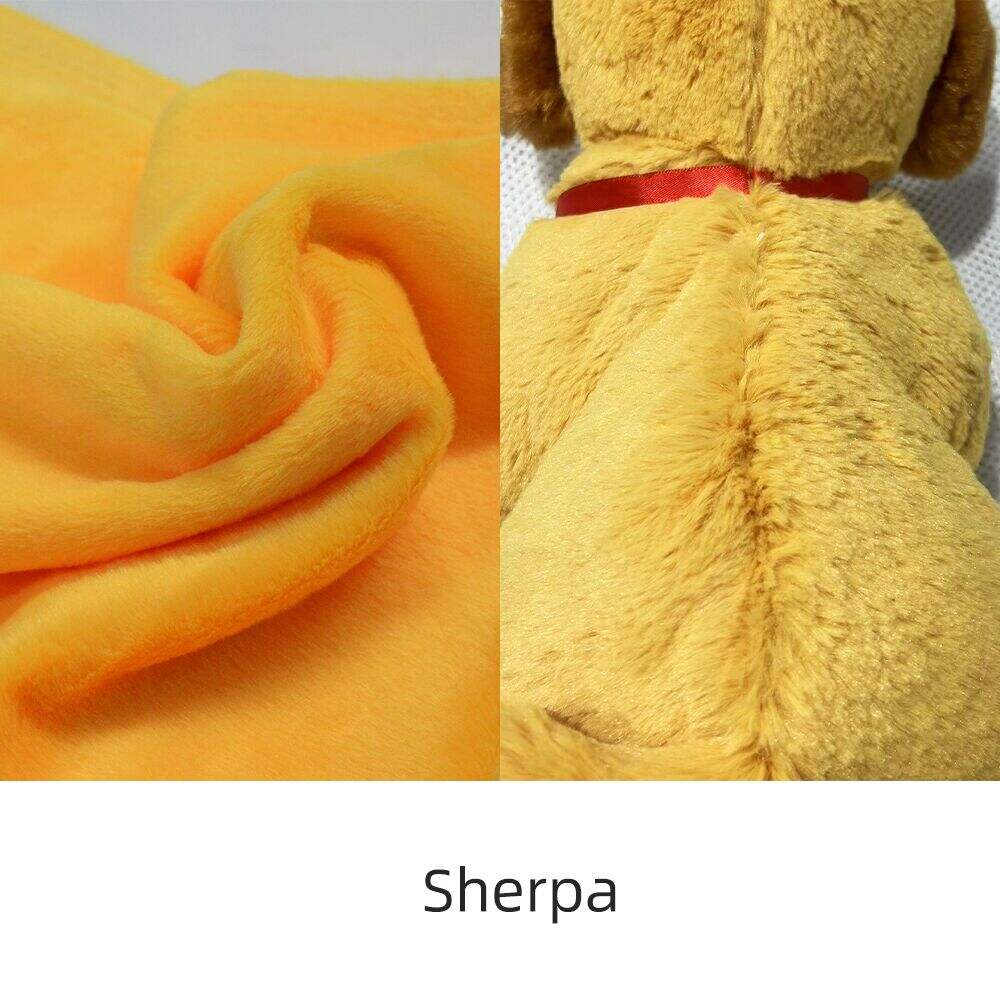
7.Velvet
Velvet made from polyester fiber or cotton fabric. It is commonly used for detailing parts of plush toys, such as noses, eyes, ears, or for doll clothing. Velvet fabric is wear-resistant and tear-resistant, making it suitable for long-term use.
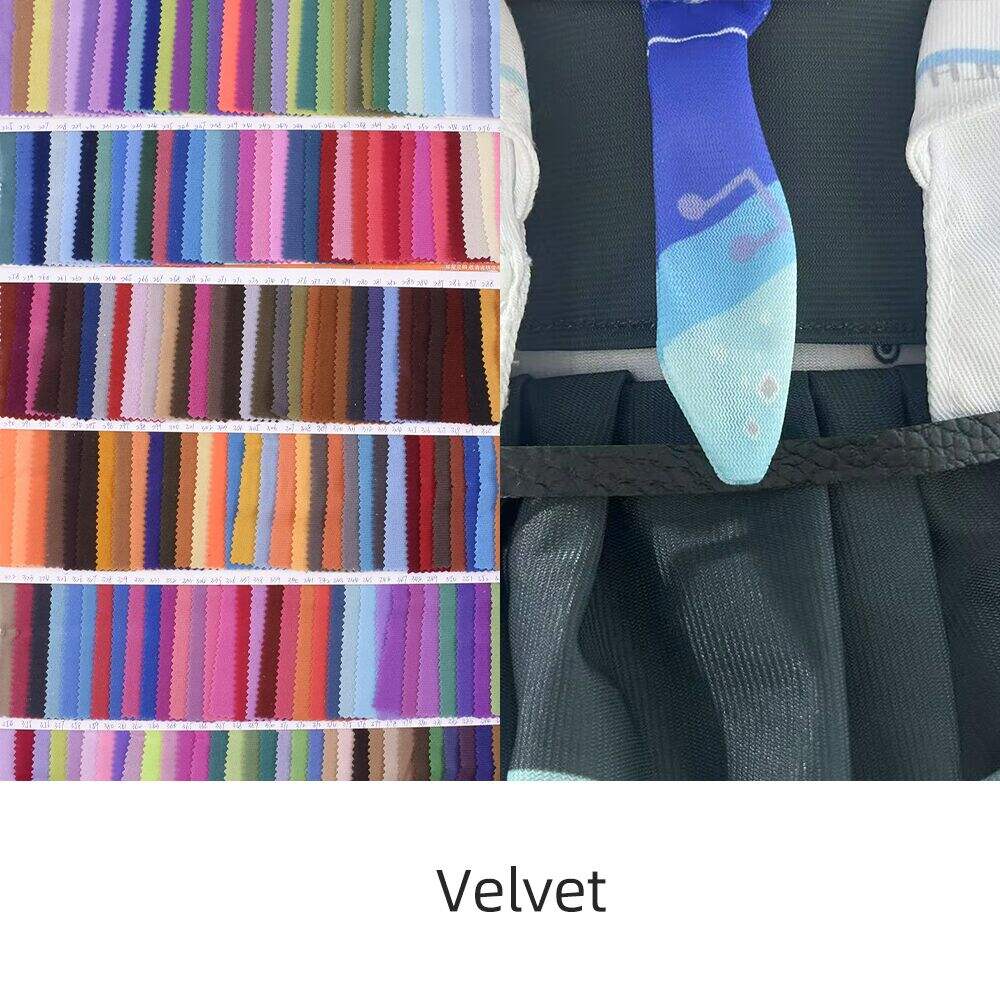
That wraps up today’s sharing! Beyond the fabrics mentioned above, there are even more plush materials to explore. By now, you likely have a good understanding of custom plush fabrics and can choose the one that best suits your preferences. Come and create your very own unique plush toy!
